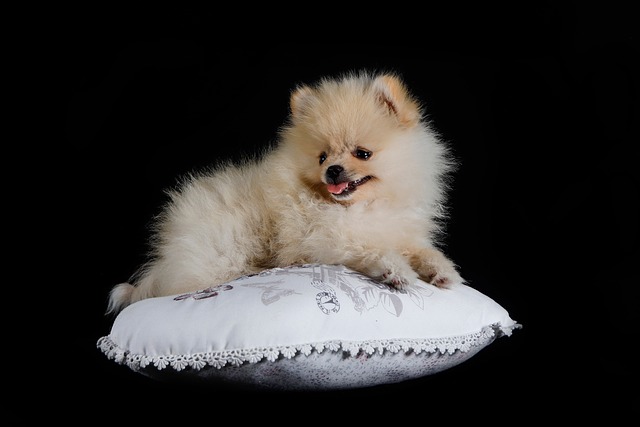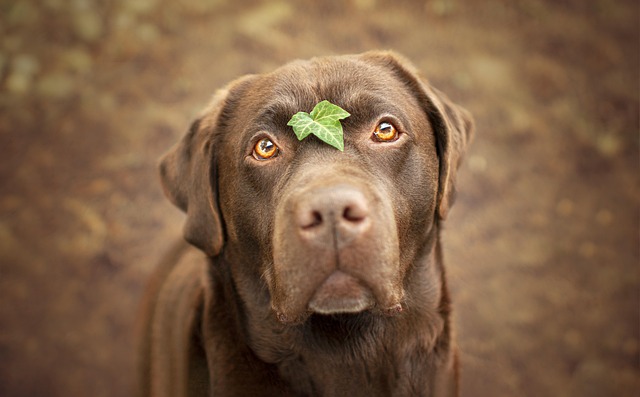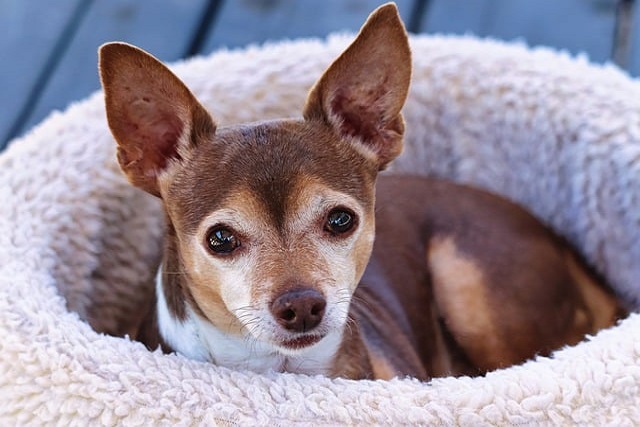
What is the best type of training for a dog?
There’s no one-size-fits-all answer to what makes the best dog training, but most experts agree that methods built on positive reinforcement tend to yield the most lasting results.
Poodles are often celebrated for their intelligence, elegance, and adaptability, but their sharp minds and sensitive nature can make potty training a unique challenge. Unlike some breeds that respond predictably to traditional training methods, poodles require a more tailored approach to ensure success. Their cleverness means they learn quickly, but it also makes them prone to testing boundaries. Additionally, their sensitivity can lead to anxiety if training methods are too harsh or inconsistent. Understanding these traits is the first step in successfully potty training a poodle.
Positive reinforcement is the cornerstone of effective potty training for poodles. This approach focuses on rewarding desired behaviors rather than punishing mistakes, which aligns well with the breed's need for encouragement and emotional connection. Rewards can be treats, verbal praise, or even a quick play session—anything that your poodle finds motivating. Consistency is critical; poodles thrive on routine and clear expectations. For example, taking your poodle to the same potty spot at regular intervals reinforces the desired behavior. Patience is equally important, as pressuring your poodle can lead to setbacks. By focusing on positive reinforcement potty training, you can create an environment where your poodle feels supported and eager to learn.
For some poodles, conventional methods may not yield the desired results, which is where unconventional poodle potty training techniques come into play. Clicker training, for instance, can be highly effective. The sound of a clicker becomes a marker for good behavior, helping your poodle quickly associate the act of going potty in the right place with positive outcomes. Scent association is another innovative technique. By placing a lightly soiled pee pad near the designated potty area, you can help your poodle understand where they are supposed to go. Additionally, establishing scheduled potty times—such as immediately after waking up, eating, or playing—can accelerate poodle potty training by building a predictable routine.
To implement these techniques, begin by preparing a designated potty area, whether it’s outside or on a specific pee pad indoors. Use a consistent command like “go potty” every time you lead your poodle to this spot. The clicker can be introduced by clicking and rewarding immediately after your poodle eliminates in the correct area. Over time, the sound of the clicker will reinforce the behavior even before the treat is given. With scent association, ensure the scent is not overwhelming, as poodles have a keen sense of smell, and too strong a scent could confuse them. Scheduled potty times should be strictly adhered to, especially during the initial stages of training. If accidents occur, clean up thoroughly with an enzymatic cleaner to prevent your poodle from being drawn back to the same spot.
Maintaining success in potty training requires ongoing effort and vigilance. Even once your poodle has mastered the basics, occasional regressions can happen, especially during changes in routine or environment. Reinforcing good habits by continuing to reward appropriate potty behavior is essential. If setbacks occur, approach the situation with empathy and consistency rather than frustration. Revisiting the basics, such as reintroducing the clicker or tightening the potty schedule, can help your poodle regain confidence. Additionally, keep in mind that poodles thrive on structure; maintaining a predictable routine helps them feel secure and reduces the likelihood of accidents.
Potty training a poodle may take time and patience, but with a breed-specific potty training strategy that leverages their intelligence and sensitivity, success is well within reach. By combining positive reinforcement, innovative techniques, and a consistent routine, you can not only potty train your poodle effectively but also strengthen the bond you share with your furry companion. After all, every step in the training process is an opportunity to build trust and mutual understanding with your poodle, setting the foundation for a lifetime of joyous moments together.

There’s no one-size-fits-all answer to what makes the best dog training, but most experts agree that methods built on positive reinforcement tend to yield the most lasting results.

Welcoming an 8-week-old puppy into your home is a joy filled with wiggly tails and endless curiosity. One of the first steps in building a strong bond is teaching them their name.

If you’ve ever sat up at night, listening to your gray-muzzled dog pace back and forth, stopping to whine or stare at a wall, you know the worry that comes with a restless senior pup.

Training a service dog starts long before they’re ready to assist with specific tasks—their journey begins with building a foundation of trust, focus, and adaptability, and the timing of this training matters more than you might think.

Watching a tiny puppy fumble through their first attempts to sit can feel like watching a little acrobat mastering a new trick.

If you’ve ever found your flower bed dug up or your favorite shrub chewed to bits, you’ve probably searched for easy ways to keep neighborhood dogs (or even your own) out of your yard.